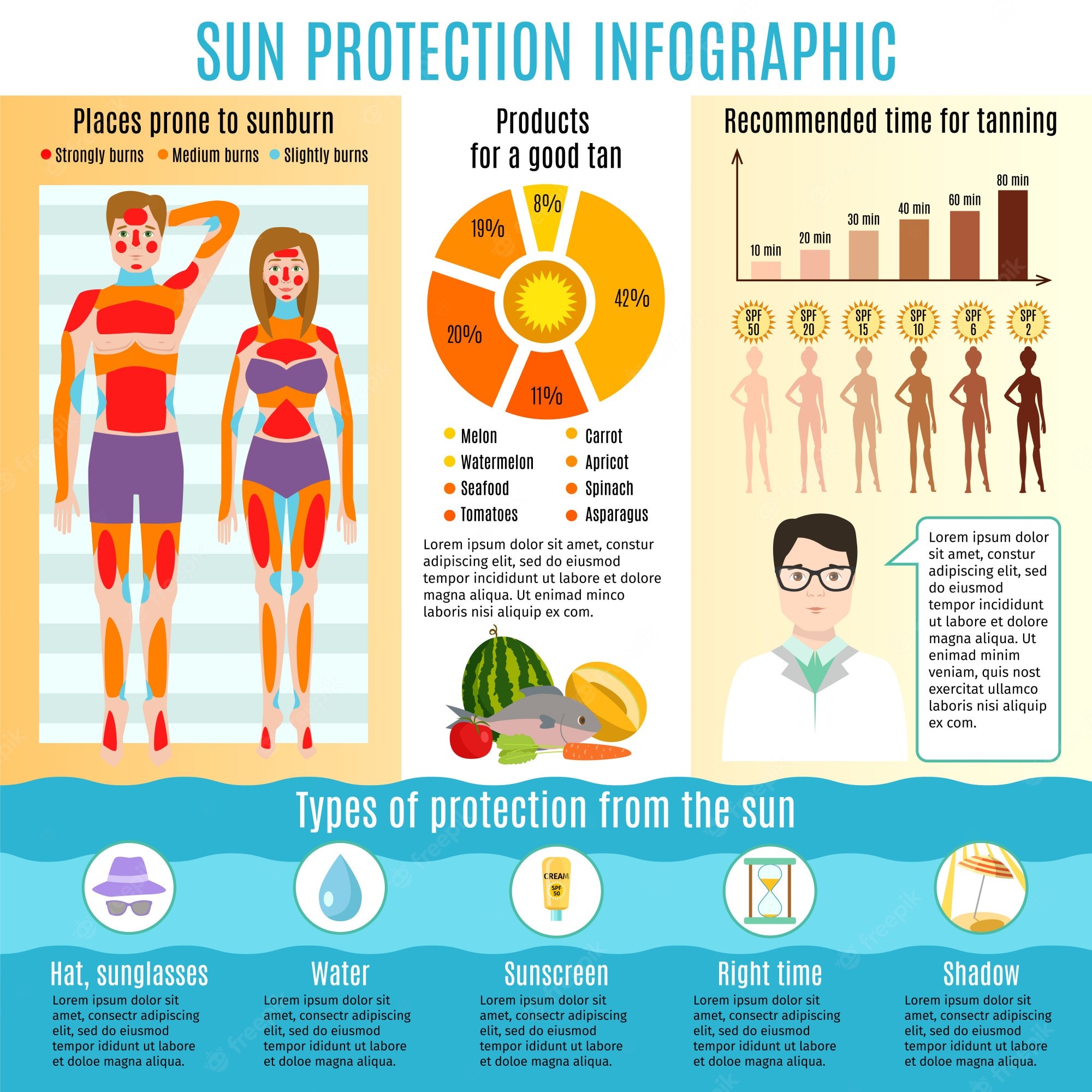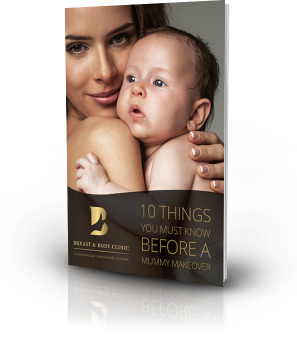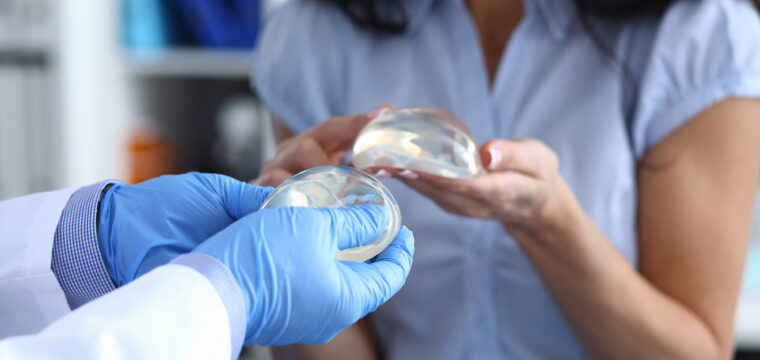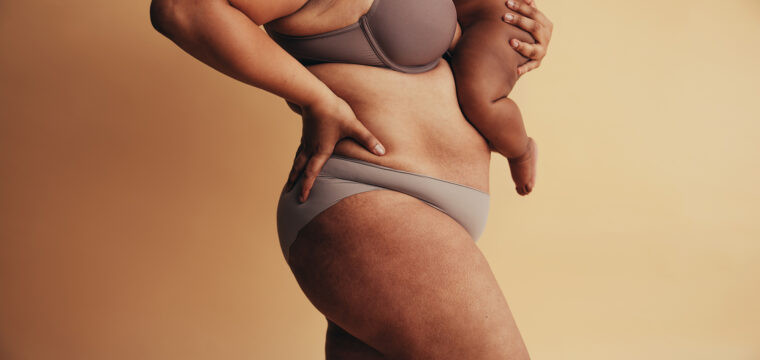Last updated on October 30, 2023
With summer approaching, it is important to take the necessary precautions when it comes to the sun. The health effects of too much sun exposure can be serious, and skin cancer is one of the leading cancer risks in the United Kingdom. It is vital to understand the dangers of unprotected sun exposure and the steps that can be taken to reduce your risk of skin cancer, especially if you have had previous skin procedures.
Here is everything you need to know about skin cancer prevention and sun protection. From sunscreen to sun-protective clothing, there are a variety of ways to protect your skin and keep your risk of skin cancer to a minimum. Knowing the facts and taking the right precautions can help you stay safe this summer and beyond.
Types of Skin Cancer
The most common types of skin cancer are basal cell carcinoma and squamous cell carcinoma. Both are generally considered to be slow-growing and relatively easy to treat when caught in their earliest stages.
However, if left untreated, they can spread to other parts of the body and become more serious. Melanoma is the most deadly form of skin cancer. It is more likely to spread to other parts of the body, even at early stages. That’s why it’s important to detect and treat it as early as possible.
When it comes to skin cancer prevention, it is crucial to understand the types of skin cancer, their risks, and their symptoms. There are different things you can do to protect yourself from each of these three skin cancers. The best way to protect yourself against all three cancers is to follow a healthy skincare routine and make sure to protect your skin whenever you are in the sun.
Causes of Skin Cancer
UV rays are considered the leading cause of skin cancer and can also cause other forms of cancer, such as eye and lethal melanoma. UV rays are present in natural sunlight and are also emitted by the sun in different amounts depending on the time of day, weather conditions, and the season.
During the summer months, the sun can be especially strong, which increases the risk of UV exposure. There are three types of UV rays that can put you at risk for skin cancer: UVA, UVB, and UVC. UVA and UVB rays are the ones responsible for most skin cancers. UVC rays are filtered out by the atmosphere, so they do not pose as significant a threat.
Risk Factors for Skin Cancer
Anyone can develop skin cancer and all people are at risk for the disease, but certain factors can increase your risk of developing skin cancer.
These include:
- Age: People who are older than 55 have the highest risk of developing skin cancer.
- Gender: Men are more likely to develop skin cancer than women, but risk progresses more rapidly in women than men.
- Family history: If a family member has had or currently has skin cancer, your risk increases.
- Type of skin: People with light-colored skin are more at risk than those with darker skin. Ultraviolet exposure: Frequent exposure to UV rays can increase your risk.
While these factors increase your risk for skin cancer, it is important to note that they do not guarantee the development of the disease. By following the recommendations in this article, you can reduce your risk and protect yourself from sun damage and skin cancer.
Sun Protection Tips
The best way to protect your skin is to avoid being in the sun as much as possible. If you absolutely have to be in the sun, there are a variety of ways to protect yourself from harmful UV rays.
These include:
- Clothing: Wearing sun-protective clothing can greatly reduce your risk of skin cancer.
- Hats: Hats with wide brims can protect the top part of your face, ears, and neck from the sun.
- UV-blocking sunglasses: Wearing sunglasses with 100% UV protection can protect your eyes from UV rays.
- Shades and fabrics like wool and polyester can block UV rays, but other fabrics like cotton and polyester will actually absorb and trap the rays, which could be dangerous if worn in high heat. To protect yourself, make sure to check the labels on your clothing to make sure they are sun-protective.
- Environment: Spending time in the shade or in an indoor environment can greatly reduce your risk of exposure.
Sunscreen
Sunscreen is considered one of the best ways to prevent excessive UV exposure, but it is important to note that it is not a complete substitute for other types of sun protection. Sunscreen can offer a wide range of benefits, but it is important to understand how it works before applying it.
Sunscreen contains chemicals that are designed to absorb and reflect UV rays, protecting your skin from harmful exposure. It is important to wear sunscreen when you are outside, even on cloudy days, to avoid overexposing your skin. Using sunscreen with an SPF of at least 30 can help reduce your risk of developing skin cancer.
There are several different types of sunscreen, including physical, chemical, and mineral. Each type has different benefits and disadvantages, so make sure to choose a sunscreen type that will provide the right level of protection for your needs.
Sun-Protective Clothing
Sun-protective clothing can provide a wide range of benefits that far exceed those of sunscreen. It can be worn in a variety of situations, including playing outdoor sports, gardening, and driving.
It can even be worn in a casual setting to provide protection from the sun. There are a variety of types of sun-protective clothing, including hats, shirts, pants, and gloves, each of which can provide different levels of sun protection.
When shopping for sun-protective clothing, look for items that have a UPF rating. The rating system will let you know how much protection the clothing provides against harmful UV rays.
For best protection, you should aim for clothing with a UPF rating of 50+. Sun-protective clothing is especially useful for those that spend long periods in direct sunlight, such as outdoor workers and athletes. It can also be a good choice for those that are fair-skinned or have a family history of skin cancer.
Other Sun-Protection Measures
Beyond clothing and sunscreen, there are a few other ways to protect yourself from UV rays. Exercising indoors, during the hours when the sun is at its strongest, can help prevent overexposure.
If you must be in the sun, try to avoid midday exposure, when the sun is at its strongest, and take frequent breaks from direct sun exposure. You can also consider tinting your windows to protect your indoor environment from UV rays. Using a grow light during the day can also help protect indoor plants from UV exposure.
When it comes to eye protection, wearing protective goggles that shield your eyes from the sun’s rays can help reduce your risk of eye damage. Other ways to protect yourself include covering up, and wearing long-sleeved shirts, wide-brimmed hats, and sunglasses with 100% UV protection.
Skin Cancer Screenings
Skin cancer screenings can help detect skin cancer at the earliest stages and greatly increase your chances of successful treatment. There are different types of skin cancer screenings, including visual exams, biopsies, and imaging tests such as ultrasounds and MRI scans. Visual exams are the most common type of skin cancer screening, during which a doctor or dermatologist closely examines your skin for suspicious spots.
Visual exams can be performed annually or as a part of your routine checkup. Biopsies are another useful way to screen for skin cancer. During a biopsy, the doctor uses a needle to remove a small sample of your skin to be examined under a microscope.
Ultrasounds and MRI scans can be used in combination with visual screening to help doctors detect smaller skin abnormalities. Screenings can help prevent the development of skin cancer and greatly improve the odds of successful treatment when caught early.
Skin cancer screenings are especially important for those at an elevated risk of developing skin cancer, including those with a family history of the disease, fair-skinned individuals, and people who have lived or worked abroad, especially in Australia, South Africa, the Middle East, and those who work outdoors.
Conclusion
The health effects of too much sun exposure can be serious, and skin cancer is one of the leading cancer risks in the United Kingdom. It is vital to understand the dangers of unprotected sun exposure and the steps that can be taken to reduce your risk of skin cancer.
Here is everything you need to know about skin cancer prevention and sun protection. From sunscreen to sun-protective clothing, there are a variety of ways to protect your skin and keep your risk of skin cancer to a minimum. Knowing the facts and taking the right precautions can help you stay safe this summer and beyond.
If you notice any unusual moles or spots on your skin, you should consult with a dermatologist or a plastic surgeon to have them checked. Early detection and treatment are critical in the fight against skin cancer.

















